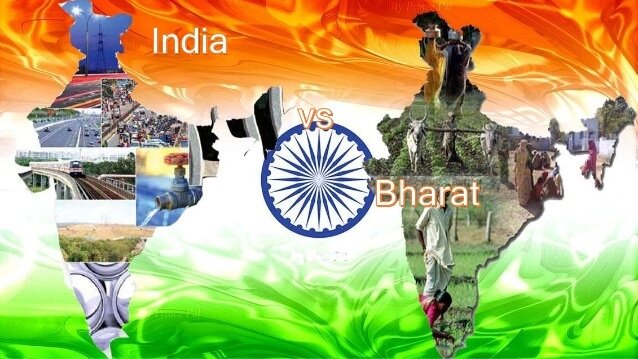Bharat is a term often used in India to refer to the country itself. It is one of the many names for India and has historical and cultural significance. The word “Bharat” is derived from ancient Indian scriptures and mythology.
In the Indian context, “Bharat” is often used to emphasize the cultural and historical roots of the nation. It’s worth noting that “Bharat” is also one of the official names of the country, as stated in the Constitution of India. The full official name of the country is “Bharat” in Hindi and “India” in English, and it’s a reflection of the country’s diverse linguistic and cultural heritage.
So, when you refer to “Bharat” in the context of India, you are essentially referring to the nation itself, its culture, and its historical identity.
A short history of the nation’s names, from the Rig Veda to the Constitution of India
The history of India’s names is a journey that spans thousands of years and reflects its rich cultural and linguistic diversity. Here’s a short history of the nation’s names, from the Rig Veda to the Constitution of India:
- Bharat: The term “Bharat” finds its roots in ancient Indian texts, including the Rig Veda, one of the oldest sacred scriptures of Hinduism. In these texts, Bharat is mentioned as a legendary emperor and the son of King Dushyanta and Queen Shakuntala. Over time, Bharat came to symbolize the Indian subcontinent and its people. It is one of the oldest names associated with the region.
- Hindustan: The term “Hindustan” is derived from the Persian language and was used by Persian and Islamic rulers to refer to the land beyond the Indus River. It became a common name for the Indian subcontinent during the medieval period when parts of India were under Islamic rule.
- India: The name “India” is derived from the River Indus, which was historically significant in the Indian subcontinent. The Greeks, particularly Alexander the Great, referred to the region as “Indoi” or “Inde,” which eventually evolved into the name “India” as used today.
- The Republic of India: After gaining independence from British colonial rule in 1947, India adopted the name “The Republic of India” when it became a sovereign nation on January 26, 1950. This name is enshrined in the Constitution of India, which also recognizes “Bharat” as an official name in Hindi, alongside “India” in English.
The Constitution of India acknowledges the linguistic and cultural diversity of the country, and it officially recognizes both “Bharat” and “India” as names for the nation, reflecting its commitment to preserving and honoring its historical and cultural heritage.
Throughout its history, India has been known by various names that reflect its evolving identity and cultural influences. These names highlight the country’s deep historical roots and its ability to embrace diverse linguistic and cultural traditions.


great article
to Srinagar, which recorded a greatest temperature of 25.7 degrees Celsius, as detailed by India Times. Going before this occasion, raised regions experienced their to begin. can you please give more details.